Visit the mudflat room at the aquarium to learn more about marsh plants and the many animals that depend on this important habitat.
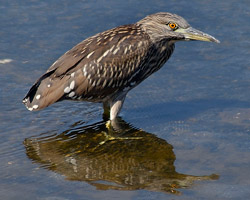
|
|
Black-crowned Night Heron

Nycticorax nycticorax
Black-crowned night herons feed at night in the same areas that other heron species feed in the day. |
|

|
|
California Halibut

Paralichthys californicus
The California halibut is a flatfish with both eyes on one side of its head! |
|
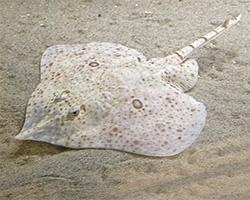
|
|
California Skate

Raja inornata
The California Skate has a skeleton made completely out of cartilage. |
|

|
|
Eel Grass

Zostera marina
Eel grass is a true plant (not a seaweed) and is one of the few flowering plants that grow in the ocean. |
|
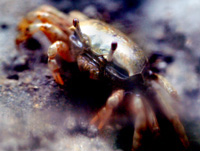
|
|
Fiddler Crab

Uca crenulata
Males have a large claw that they wave back and forth like a fiddler. |
|

|
|
Giant Kelpfish

Heterostichus rostratus
The giant kelpfish can quickly change color during courtship or territorial displays. |
|
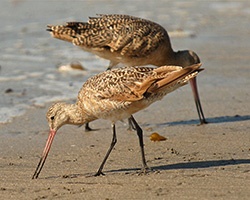
|
|
Marbled Godwit

Limosa fedoa
The marbled godwit has a long, slightly upturned bill with a dark tip and pinkish base. |
|
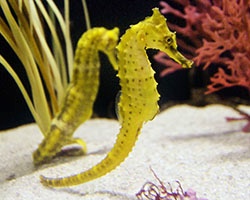
|
|
Pacific Seahorse

Hippocampus ingens
The Pacific seahorse reverses traditional birthing roles. |
|
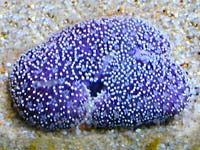
|
|
Sea Pansy

Renilla koellikeri
A sea pansy is not a flower, but is an animal that is related to sea jellies. |
|
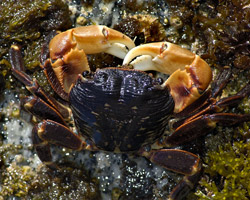
|
|
Striped Shore Crab

Pachygrapsus crassipes
The striped shore crab spends at least half its time on land, but submerges at times to wet its gills. |
|
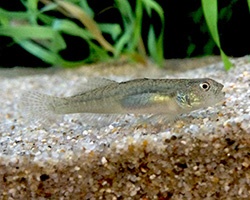
|
|
Tidewater Goby

Eucyclogobius newberryi
The tidewater goby is an endangered species. |
|

|
|
Western Gull

Larus occidentalis
The Western gull typically lives about 15 years, but can live to at least 25 years. |
|
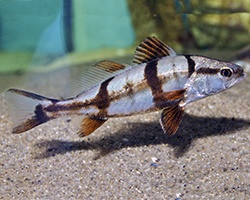
|
|
White Seabass

Atractoscion nobilis
The white seabass is the largest species of croaker in California. |
|

